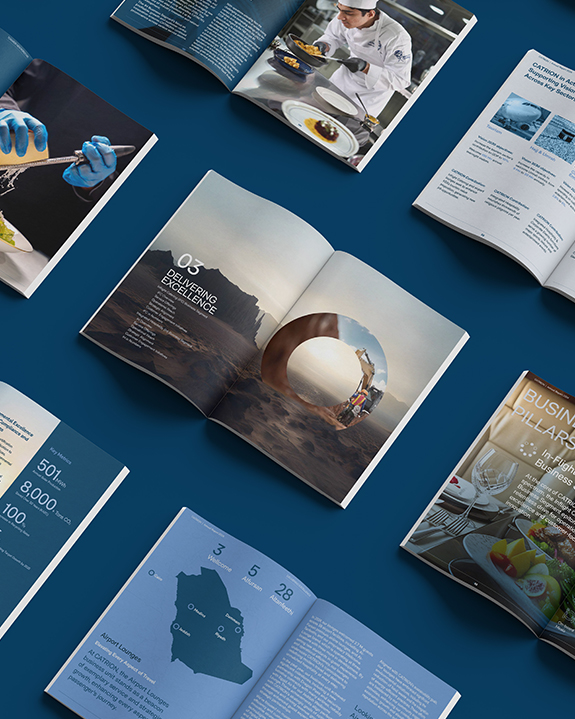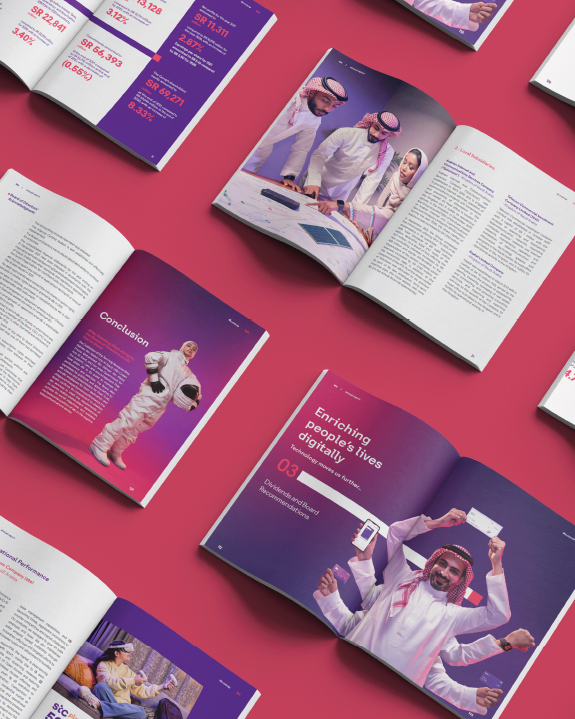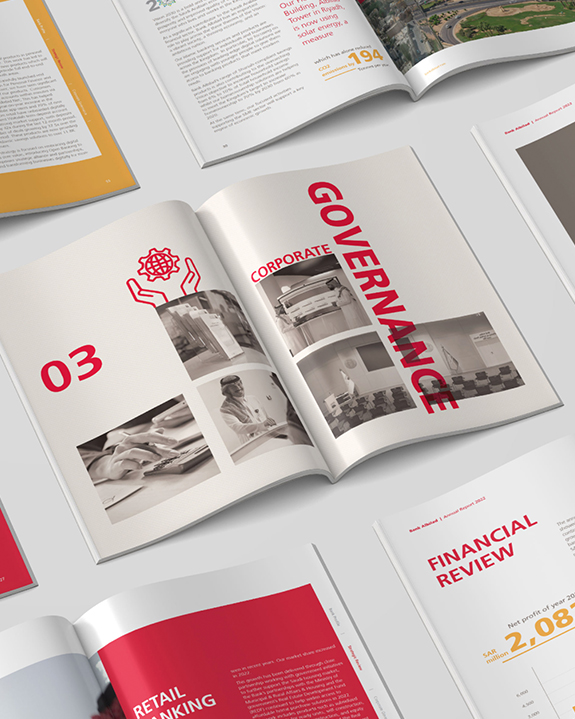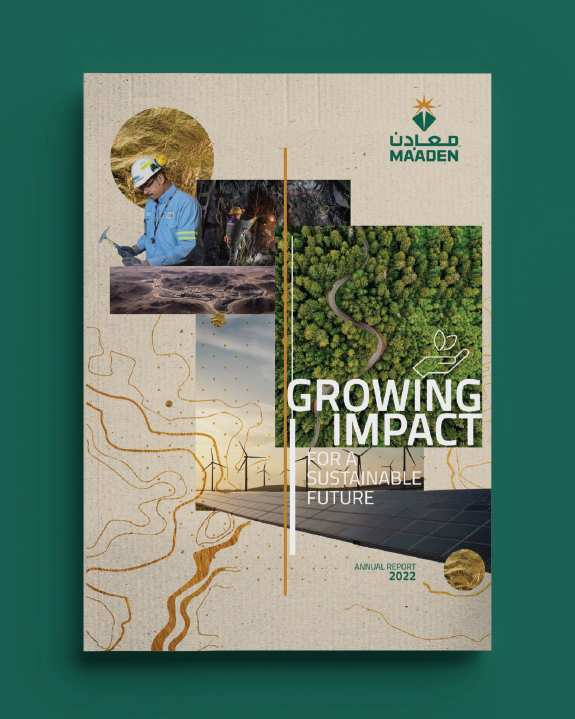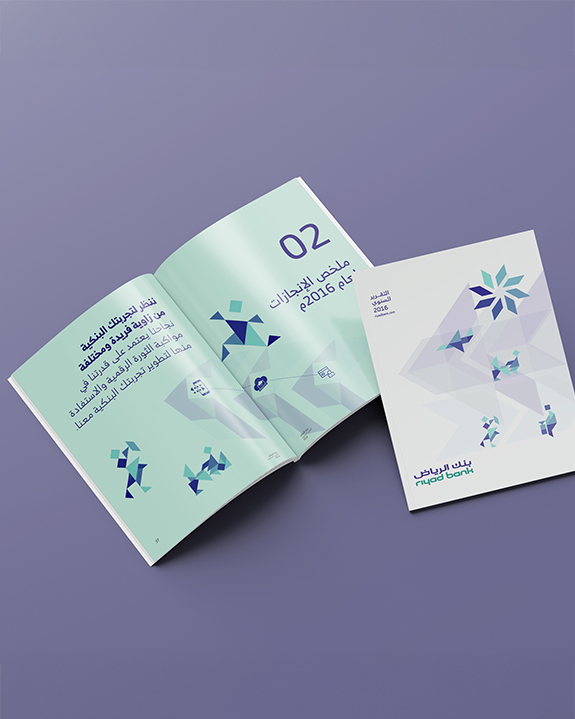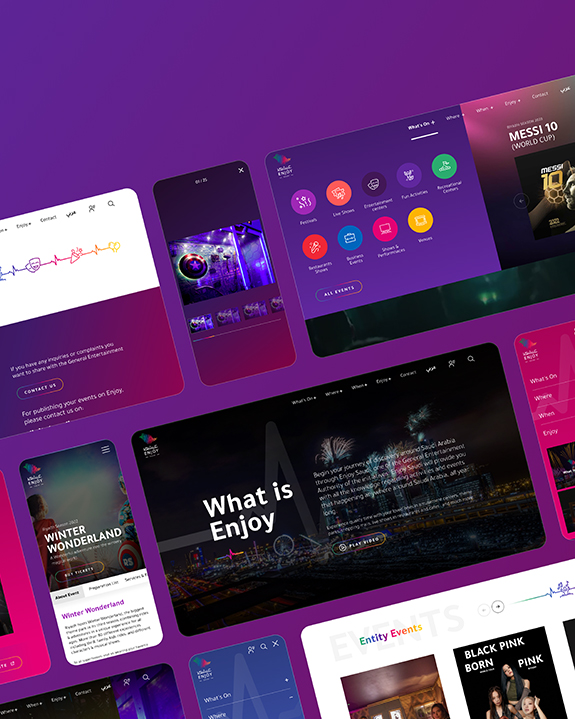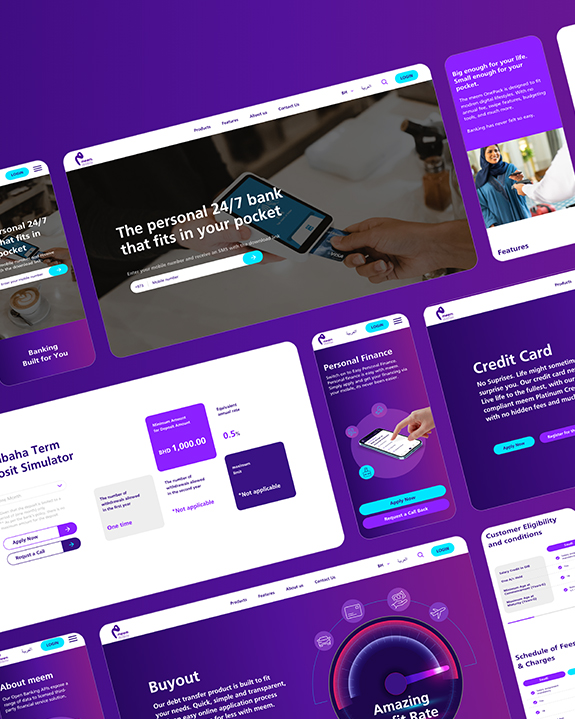The best AI experiences
disappear into the flow,
making every interaction
feel intuitive, personal, and
effortless.
You ask a question. The platform answers before
you finish typing.
You open a dashboard. It’s already filtered to what you need.
You book a service. The system suggests the best time, location, and payment method, without asking.
This isn’t magic. It’s invisible AI. And it’s quickly becoming the benchmark for experience design across Saudi Arabia, the UAE, Bahrain, and the wider GCC.
For years, AI was treated as a feature, something to highlight, promote, or explain. But in 2025, the most sophisticated experiences are those where AI fades into the background, quietly powering relevance, speed, and simplicity.
Why Invisible AI Is the New Standard
In the GCC, digital maturity is accelerating.
From government portals to banking apps, users expect services that are not just smart, but seamless.
That means AI must do more than personalize content or automate tasks.
It must integrate so deeply into the experience that users don’t notice it, they just feel understood.
Invisible AI is:
Context-aware
It adapts based on behavior, location, and timing.
Emotionally intelligent
It responds with tone and pacing that feel human.
Effortless
It removes friction, not adds complexity.
When AI becomes
invisible, the experience
becomes intuitive.
And that’s the real test of design.
The Shift from Intelligence to Intuition
AI used to be about showing off intelligence, chatbots, recommendation engines, predictive analytics.
But now, the goal is intuition: making users feel like the system “just gets it.”
Here’s how the shift plays out:
| Old AI Experience |
Invisible AI Experience |
| “Let me show you what I can do.” |
“Let me help you without asking.” |
| Manual personalization settings |
Automatic adaptation based on behavior |
| Visible prompts and toggles |
Seamless flow with minimal input |
| One-size-fits-all logic |
Contextual, real-time relevance |
This shift requires more than
algorithms.
It demands thoughtful UX/UI
design, brand experience
strategy, and cross-platform
orchestration.
What Makes Invisible AI Work
At Spark, we see four key ingredients that make invisible AI possible, and powerful
Behavioral Intelligence
AI must learn from how users interact, not just what they click.
Example: A telecom app that adjusts its dashboard based on usage patterns, not just account type.
Seamless Integration
AI should be embedded into the experience, not bolted on.
Example: A government portal that pre-fills forms based on life events, without needing user input.
Design-Led Orchestration
UX/UI design must guide the AI’s behavior, ensuring clarity, trust, and emotional resonance.
Example: A banking app that uses micro-interactions to confirm actions without overwhelming the user.
Cultural Sensitivity
In the GCC, AI must reflect regional nuance, from language to timing to tone.
Example: A Bahraini real estate platform that adapts listings based on family size and cultural preferences.
The Business Impact of Invisible AI
When AI disappears into the experience, performance improves
Higher engagement
Users stay longer when the system feels intuitive.
Faster task completion
Less friction means more conversions.
Stronger trust
Invisible AI feels helpful, not intrusive.
Lower support costs
Fewer errors, fewer questions, fewer drop-offs.
In sectors like banking, telecom, healthcare, and government, invisible AI is becoming a strategic differentiator, not just a technical upgrade.
Embed Continuous Improvement
Treat your Experience OS as a living framework, regularly refined to meet changing customer expectations in the GCC market.
Designing for Invisible AI: What Great Teams Do
Invisible AI is the result of intentional design, cross-functional collaboration, and continuous refinement.
Here’s what leading GCC teams do differently:
Start with user journeys
They map emotional and functional needs before building algorithms.
Design for clarity
They ensure AI actions are helpful, not confusing.
Test for trust
They validate whether users feel supported, not surveilled.
Localize with nuance
They adapt AI behavior to reflect cultural expectations and language fluency.
We help teams design AI-powered experiences that feel human, not robotic.
GCC Opportunities for Invisible AI
The GCC is uniquely positioned to lead in invisible AI
Government mandates
Saudi Arabia and the UAE are investing in citizen-first digital services powered by AI.
Infrastructure readiness
5G, cloud platforms, and smart city initiatives enable real-time intelligence.
Cultural expectations
In high-service cultures, anticipation is care, and care builds trust.
Invisible AI aligns perfectly
with these priorities,
delivering relevance,
speed, and emotional
connection at scale.
GCC Case for Action
The competitive edge in the next five years won’t belong to the organization with the most digital projects.
It will belong to the one that can orchestrate all of them into a seamless whole.
In the GCC, where customer expectations are shaped by both world-class service standards and local cultural nuance, an Experience OS delivers more than operational efficiency, it is essential for long-term strategic growth.
Personalization That Performs Not Just Promises
In the GCC, personalization is an expectation.
Customers want services that speak their language, anticipate their needs, and adapt to their context.
But personalization without structure leads to inconsistency.
That’s where an Experience Operating System becomes essential.
With a shared data layer and intelligence engine, enterprises can:
Deliver regionally relevant experiences
From Arabic-first interfaces to culturally attuned messaging
Adapt in real time
Using behavioral signals to adjust content, offers, and flows
Scale personalization across channels
Ensuring that mobile apps, websites, and service centers all reflect the same understanding of the user
Maintain trust
By aligning personalization with governance and privacy standards
Real personalization is
about knowing what
matters, when it matters.
When AI Disappears, Experience Comes Alive
The future of experience design won’t be defined by how smart your AI sounds.
It will be defined by how effortlessly it works, and how deeply it understands.
At Spark, we help enterprises across Saudi Arabia, the UAE, Bahrain, and the GCC design AI-powered experiences that feel intuitive, personal, and invisible. Because when AI disappears, what remains is trust, clarity, and connection.












